The election on July 4 will be fought on fresh constituency lines after the boundaries changed.
In Scotland, the changes have meant a loss of two seats. It brings the number north of the border down to 57 from 59.
The constituency boundary changes would have also seen past votes distributed differently and could therefore impact the upcoming general election.
So it is necessary to consider estimates of what past election outcomes would have been.
Enter your postcode below to find out if your constituency has changed and how the area under the new boundaries would have voted in the 2019 election.
The vote estimates or notional results for Scotland’s constituencies are based on calculations done by Professor David Denver of Lancaster University.
Map shows how new constituency boundaries would have impacted Scotland’s 2019 results
Glasgow Central and Ross Skye and Lochaber disappeared as they were split up into other constituencies.
However, the boundary changes also mean a seat would have been won by an entirely different party in 2019 in two constituencies that have not changed names.
The Lib Dem party won a seat in Fife North East in 2019.
As our map below shows, however, under new boundaries the SNP would have won it instead.
The party would have suffered a loss to the SNP in Caithness, Sutherland & Easter Ross too.
Meanwhile, Gordon, which was won by the SNP in 2019, now mainly falls under Gordon and Buchan.
The newly named constituency would have been a win for the Conservatives under the new boundaries.
It joined with parts of Banff and Buchan, which voted for the Conservatives in 2019.
However, the total number of seats won for each party would only change for the Liberal Democrats under the notional 2019 results.
The same results for the new boundaries would reduce them to two seats.
How are constituency boundaries decided?
Boundary Commissions determine UK parliamentary constituency boundaries.
They make periodical reviews to reflect changing population sizes and shifts in the electoral ward boundaries around them.
The Boundary Commission for Scotland started the latest review at the start of January 2021.
The body must ensure each constituency has between 69,724 and 77,062 electors.
But there are two exceptions to the rule in Scotland. Na h-Eileanan an Iar and Orkney and Shetland are not subject to review.
The two constituencies are protected in law and are defined just by their geography.
A constituency can have less than the minimum number of electors if it is larger than 12,000 square kilometres.
But none can be larger than 13,000 sq km.
Constituency breakdown
Each new seat consists of a combination of parts of old constituencies.
Overall, the review only left 11 of them completely unchanged, including Orkney and Shetland and Na h-Eileanan An Iar.
Newly-named constituencies were formed using fragments of old boundaries.
Dundee Central, for example is formed of 93.8% of Dundee West and 20.9% of Dundee East.
Meanwhile, Arbroath and Broughty Ferry is made up of 78.4% of Dundee East and 36.7% of the former Angus constituency.
The final 0.7% of Dundee East forms a small fraction of the Angus and Perthshire Glens seat.
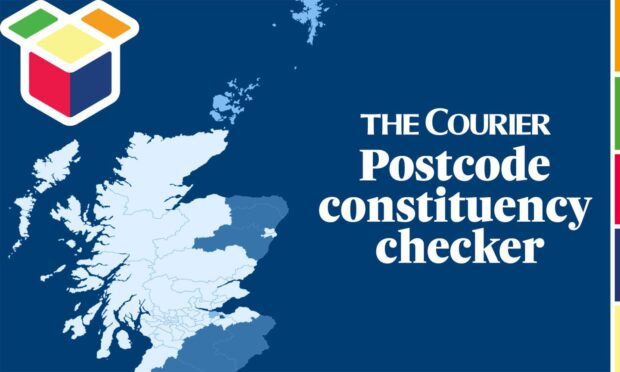


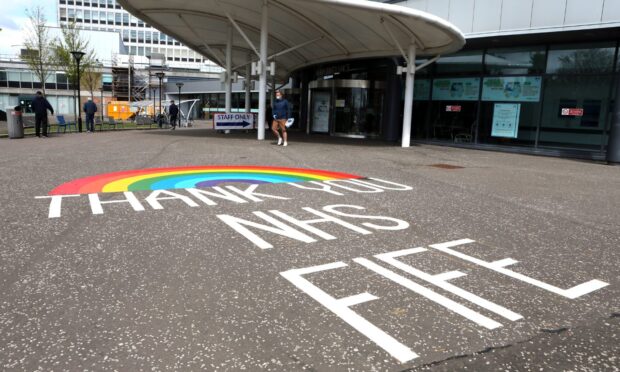
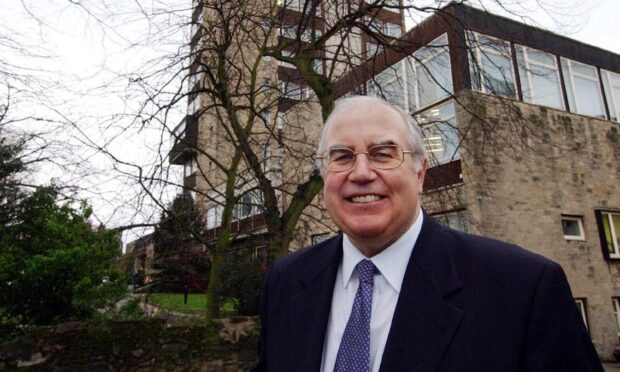


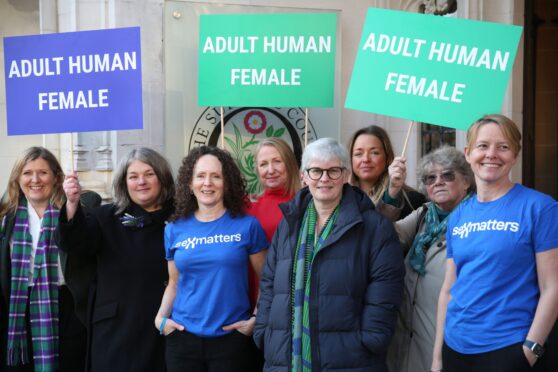

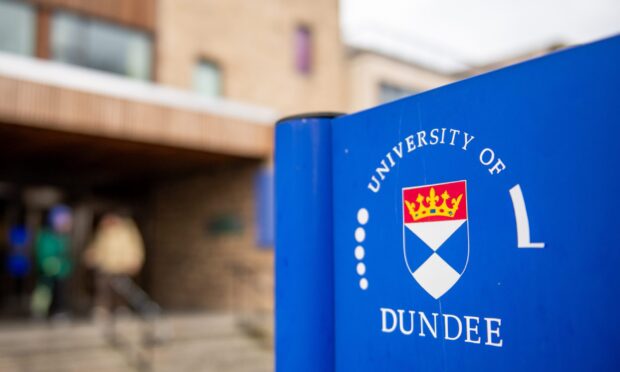

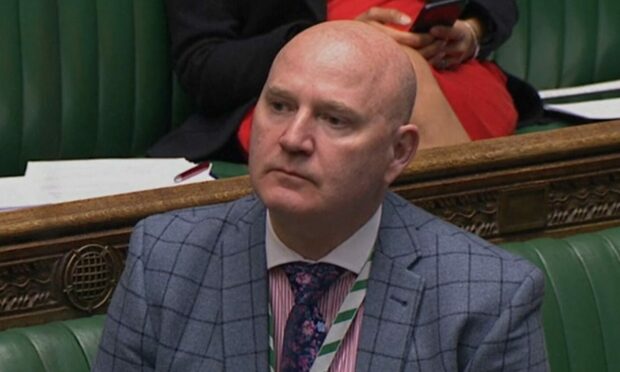
Conversation